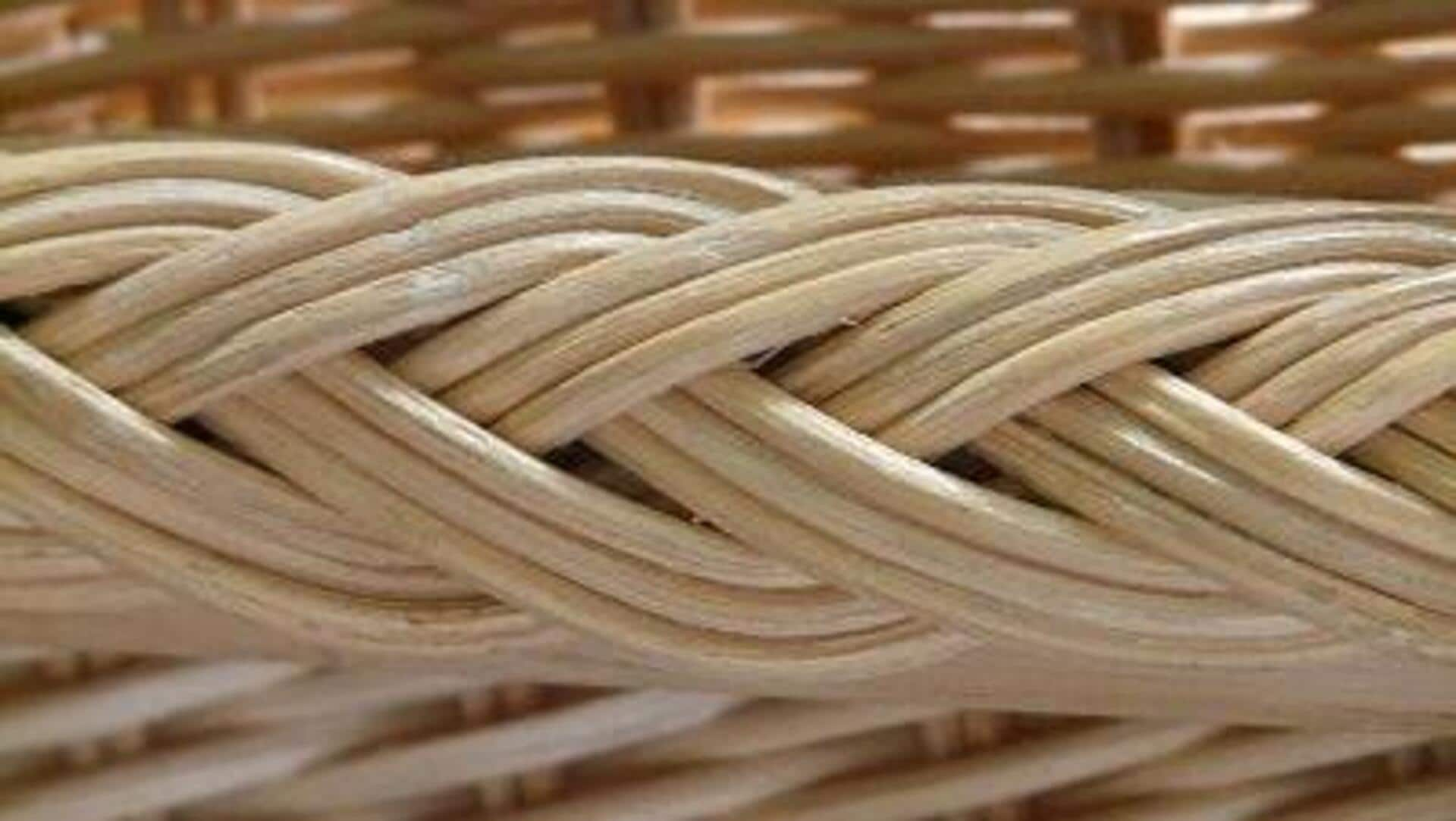
Want to learn willow weaving? Let's get you started
What's the story
The art of willow weaving transforms humble willow rods into beautiful sculptures, baskets, and garden features.
This article features willow weaving workshops on riverbanks, allowing participants to learn a new skill while immersed in the tranquility of nature.
These workshops provide a peaceful retreat for those seeking relaxation and creativity. Sounds like a perfect way to destress and make something beautiful.
Basics
Discover the art of willow weaving
Willow weaving workshops begin from the ground up, familiarizing participants with different types of willows, how they are harvested, and what their properties are.
Teachers demonstrate essential weaving techniques such as pairing, waling, and randing. These fundamental skills serve as the building blocks for more intricate designs.
The workshops cater to all skill levels, from novices to advanced weavers, guaranteeing a beneficial learning experience for everyone.
Environment
Connect with nature on the riverbank
These riverbank workshops aren't your average art class; they're an immersive experience in nature's tranquility.
The soothing soundtrack of the river's flow and leaves rustling in the breeze sets the perfect scene for sparking creativity.
People find themselves more relaxed and inspired in this natural environment.
Plus, the riverside setting promotes sustainability by encouraging the use of natural materials in art.
Project
Create your own masterpiece
Each participant gets to create their own masterpiece during the workshop.
These can be anything from practical items like baskets or bird feeders to artistic creations like garden ornaments or sculptures.
The complexity of the project is based on your comfort level and personal interest.
By the end of the session, you won't just have learned a new skill, but you'll also have a beautiful, handmade item to take home.
Eco-friendly
Sustainability at heart
Willow weaving is praised for being environmentally friendly. Willows are rapidly growing crops that don't need fertilizers or pesticides, hence they are sustainable raw materials for crafting.
Plus, these workshops usually focus on using locally grown willows, further minimizing the carbon footprint.
Attendees walk away with more than just a newfound respect for traditional crafts; they gain an understanding of sustainability.
Advice
Tips for first-time weavers
If you are attending your first willow weaving workshop by the riverbank, take notes:
Wear clothes you don't mind splashing mud on,
Carry your gardening gloves (your hands will thank you),
Remember to drink water (weaving is surprisingly thirsty work),
Be kind to yourself (those fancy weaving techniques take time to master),
Most importantly, have fun (it's about the journey, not just the pretty basket at the end).